
👋 Hey there! I’m Bryan Elliott
I’m a Frontend-Leaning Full-Stack Engineer with 15+ years experience building sleek, scalable, and intuitive web apps. I speak fluent JavaScript, dream in React (and Next.js), and have a long-standing love affair with TypeScript. Clean code, intuitive UX, and pixel-perfect UI’s? Yes please! 😃
I have a natural deep ingrained curosity and passion for programming. I first started programming when I was 8 years old, after my Dad brought home our first home computer during the holidays, and I've been hooked ever since.
For the past 5 years, I was crafting the web at Automattic, working on high-impact projects for and . I led complex initiatives like revamping the checkout system used by millions, all while collaborating remotely with brilliant minds across the globe.
But I’m not just about the code. I’m a mentor, team player, and process improver, always looking for ways to improve the craft and make engineering more efficient, creative, and fun. I’m also super excited about the future of AI-assisted development. Tools like ChatGPT, Copilot, and Cursor Claude Code have become a natural extension of my workflow.
When I’m not coding, you’ll probably find me out fishing in the Florida sun 🎣 — chasing a big Snook, Tarpon, or Jack Crevalle (True story: About a year ago made the cover of Waterline Magazine with a 15-pounder 💪).
I believe great products are built by curious people with passion and determination, and by people who care– care about quality, about users, and about the team. If that sounds like you too, let’s connect!
















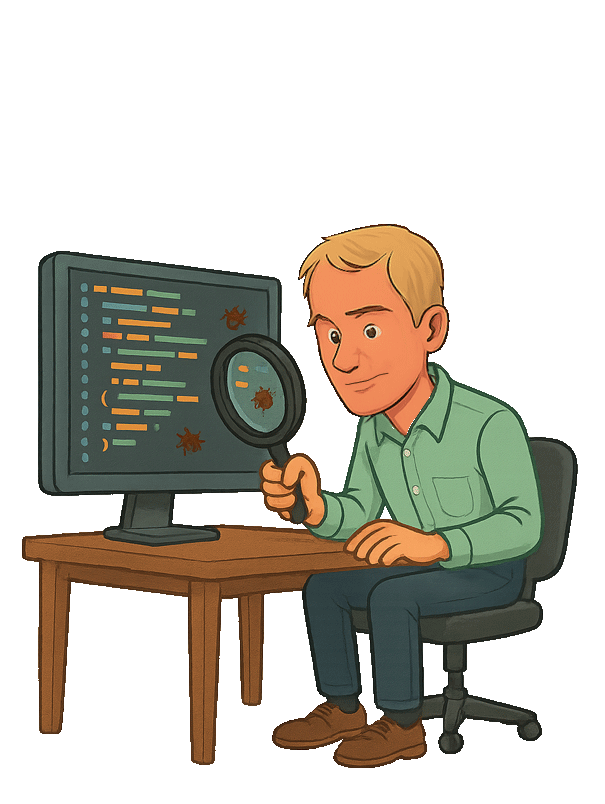










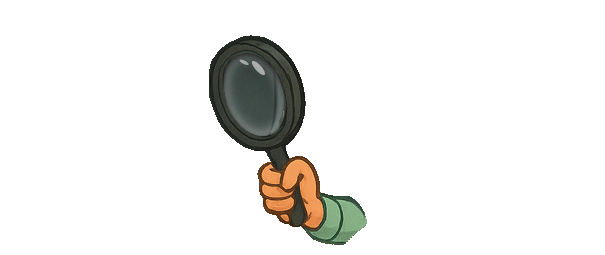
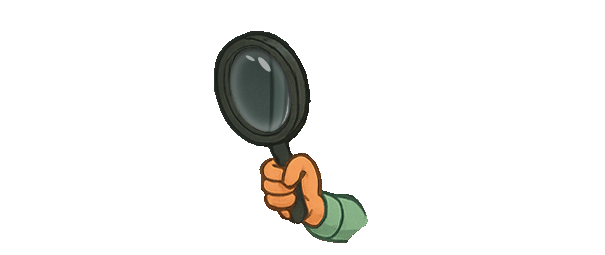
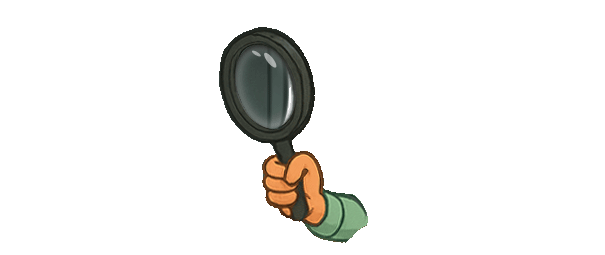



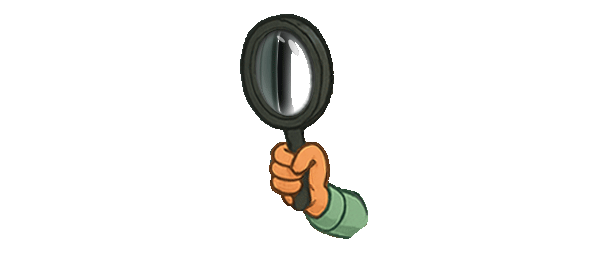



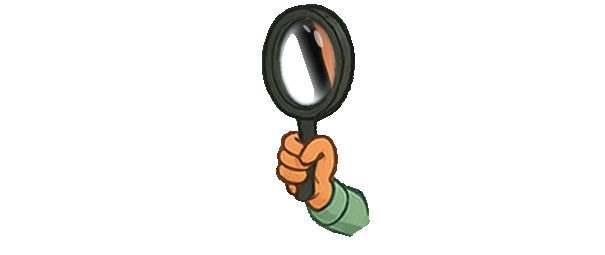
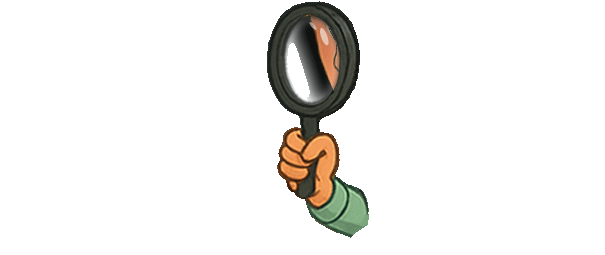
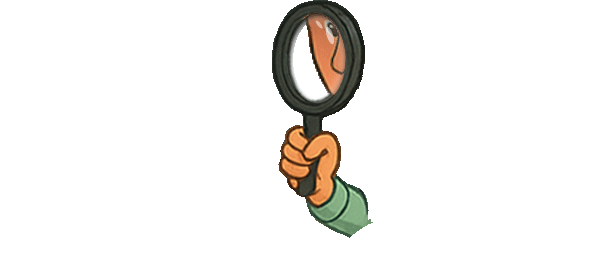
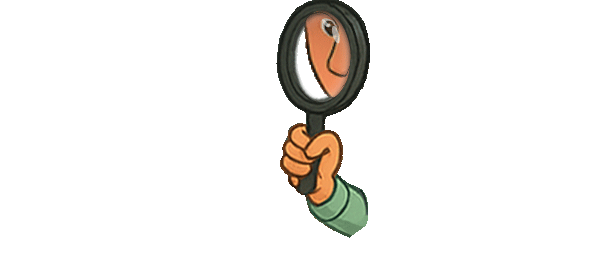











Sure, plenty of developers can write good code... but I bring something extra to the table: a mix of meticulous craftsmanship, future-focused thinking, and a knack for spotting the “gotchas” before they getcha.
I have an almost uncanny ability to catch the little things others miss — the one-pixel misalignment in a UI, the subtle performance bottleneck lurking in a data flow, or the integration risk quietly hiding in plain sight. I don’t just fix problems; I stop them before they even have the chance to put on their trouble-making shoes.
I don’t just think about what works now, I think about what might break later. That means identifying edge cases in the planning stage, designing components that won’t turn into spaghetti later, and steering the team away from future “uh oh” moments before they make it into the sprint.
Stackoverflow.com is a premiere website where the majority of the world’s programmers regularly attend (although much less, now with the adoption of chatGPT and other LLM's)
In the pre-AI days, I was a regular on Stack Overflow, answering developer questions and helping thousands of engineers untangle tricky problems. My efforts earned me a high reputation score, putting me in the top 9% of contributors worldwide!
Having a high reputation score demonstrates that you can quickly and accurately solve other programmers' problems and it represents how well the programming community trusts your answers.
These days, I answer fewer questions (blame ChatGPT 😉), but I’m still proud of having been part of that global knowledge-sharing engine. The answers I've provided have reached and helped over 280,000 people!


Most recently, over the past 5 years working at Automattic, I had the rare privilege of working almost entirely in open source. I shipped hundreds of high-impact open-source pull requests to flagship projects like and , each platform supporting millions of users.
Every change, every feature, and every bug fix is all out there in the wild for the world to see (and hopefully appreciate). So if you want to see exactly how I write code in large-scale, production codebases that support millions of users– No problem! Let's go take a look on Github! 😉

Below is my Git Contribution Graph over the past 5 years:
A Git contribution graph is basically like a personal activity calendar for coding. Each square represents one day, and the green colors represent the amount of Github activity, such as writing code, fixing a bug, or reviewing code. The brighter the color, the more activity for that day.
It’s basically a visual diary of how active someone has been in coding and building things. It gives a quick sense of someone’s coding habits. For example, whether they code consistently, work in bursts, or have periods where they take breaks (like vacations or downtime between projects).

Whether it’s mentoring teammates, experimenting with AI-powered dev tools, or refining our workflow for maximum efficiency, I’m constantly looking for ways to push the craft forward. I believe great engineering is part code, part collaboration, and a whole lot of curiosity.
In short: I’m not just here to build software. I’m here to make the web cleaner, faster, more delightful, and to leave every codebase I touch in better shape than I found it.
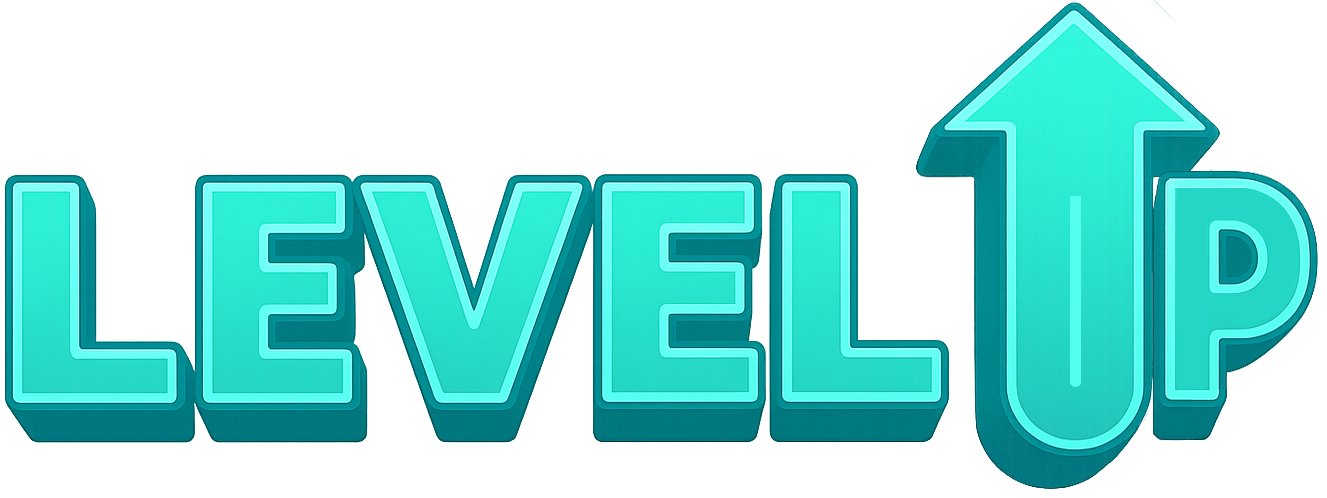
🚧 Currently under construction...👷
⚠️ Coming soon...!